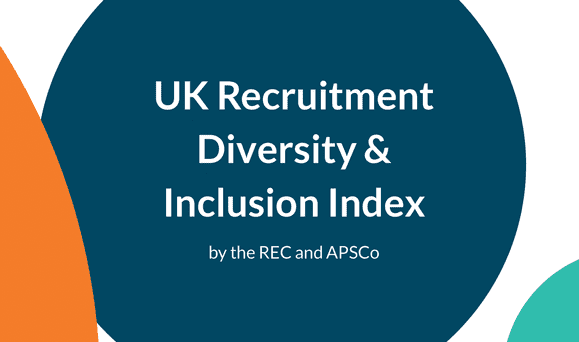
Our diversity and inclusion hub
We lead and support programmes which help people from under-represented groups to progress in the workplace. We provide REC members with opportunities to get involved in projects which increase social mobility, focusing on areas including the progression of low paid workers, disability employment, older workers and women in the workplace.


![why_be_age-inclusive[1].JPG](https://www.rec.uk.com/3816/3351/2343/why_be_age_inclusive.jpg)
